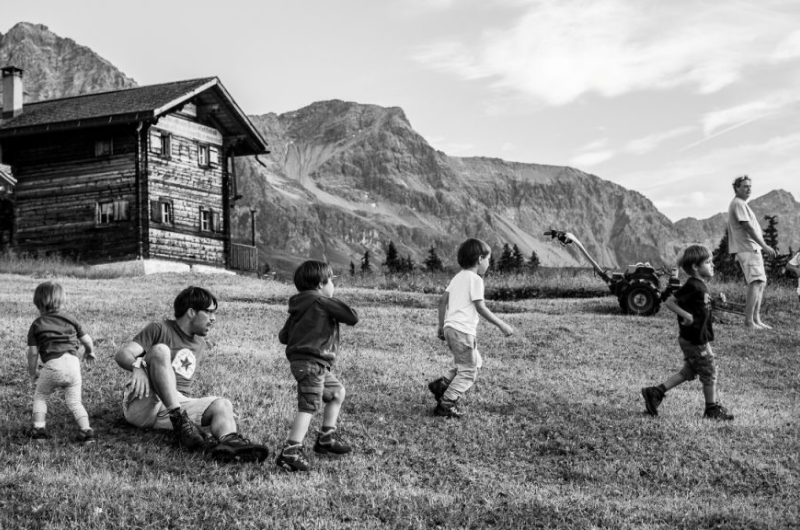
The Horizon 2020 project, MATHILDE published in November 2021 a report overviewing the process of immigration in European rural and mountain areas.The countries and regions analysed show that, historically, they have faced different phases of immigration, accompanied by economic and political transformation processes.
The methodology used to produce this report focused on selected regions according to socio-economic indicators and their territorial typology (urban-rural or predominantly mountainous region), while drawing up maps to analyse the impact of migration on local development for the period 2008-2018.
The resulting maps show, for example, that:
- The region of Vorarlberg in Austria has the highest percentage of third country nationals in relation to the total population.
- The Bavarian district of Regen has the highest growth of the non-native population (+ 315% in 10 years).
- The female allochthonous population remains minor compared to the male allochthonous population.
- The demographic trend is towards an increase in population in almost all cases due to migration.
Read the full report: Classification on spatial specificities and third country nationals distribution in MATILDE regions
About the project
MATHILDE is three-year project coordinated by the University of Eastern Finland and focuses on the impact of migration on local development in rural and mountain regions. It aims to assess the economic and social impacts of third country nationals (TNCs) on 13 specific European rural and mountain regions. The project is looking to provide an alternative view of migration to that offered by the main media channels, to change the discourse on migration, showing its real impact on the territory.